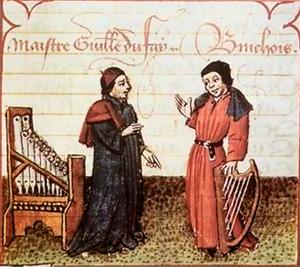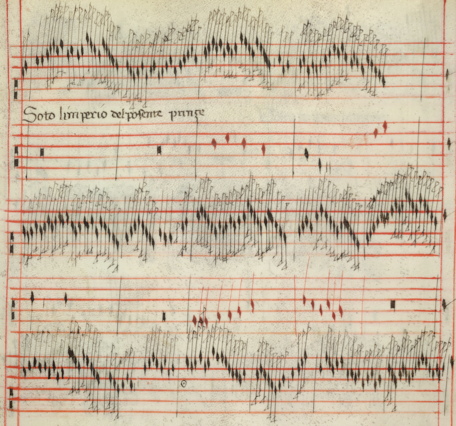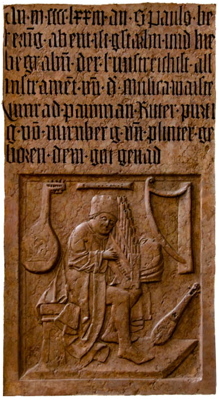|
| Deluxe facsimile edition The Codex Faenza 117 Instrumental Polyphony in Late Medieval Italy Introductory Study and Facsimile Edition by Pedro Memelsdorff $485 |  |
|
|
|  No.31 "Soto l'imperio del posente prinše" (diminution based on a vocal setting by Jacopo da Bologna) |
|
| Ars Nova, nuova serie, 3. Lucca, 2012. 18 x 25 cm, 2 vols: 256; 212 pp. Deluxe full-color reproduction. A small unadorned parchment booklet, MS 117 of the Biblioteca Comunale Manfrediana in Faenza deals with a stunning quantity and unique quality of information on 14th- and 15th-c. Italian musical culture. The Codex is composed of two distinct and independent copying layers. The older one contains 50 non-texted intabulated diminutions generally assumed to be instrumental and dated within the first two decades of the 15th century. They comprise diminished versions of Italian and French songs by some of the major composers of the 14th and early 15th c., Jacopo da Bologna, Bartolino da Padova, Francesco Landini, Antonio Zacara da Teramo, Guillaume de Machaut, and Pierre des Molins, as well as polyphonic estampies and diminutions on dance-related and liturgical tenors, including the 3 earliest alternatim mass-pairs that have come down to us. The younger layer is an autograph by the Carmelite friar Johannes Bonadies, who in 1473 and 1474 used empty folios to add 16 music theory treatises, summaries or tables, and 22 mid- or late-15th c. polyphonic settings, mostly composed by John Hothby, Bernardus Ycart, and Johannes de Erfordia, aside with some anonymous settings and a short Kyrie by Bonadies himself. Hardbound. |
|  OMI - Old Manuscripts & Incunabula PO Box 6019 FDR Station New York NY 10150 tel/fax 212/ 758-1946 http://www.omifacsimiles.com immels@earthlink.net | |